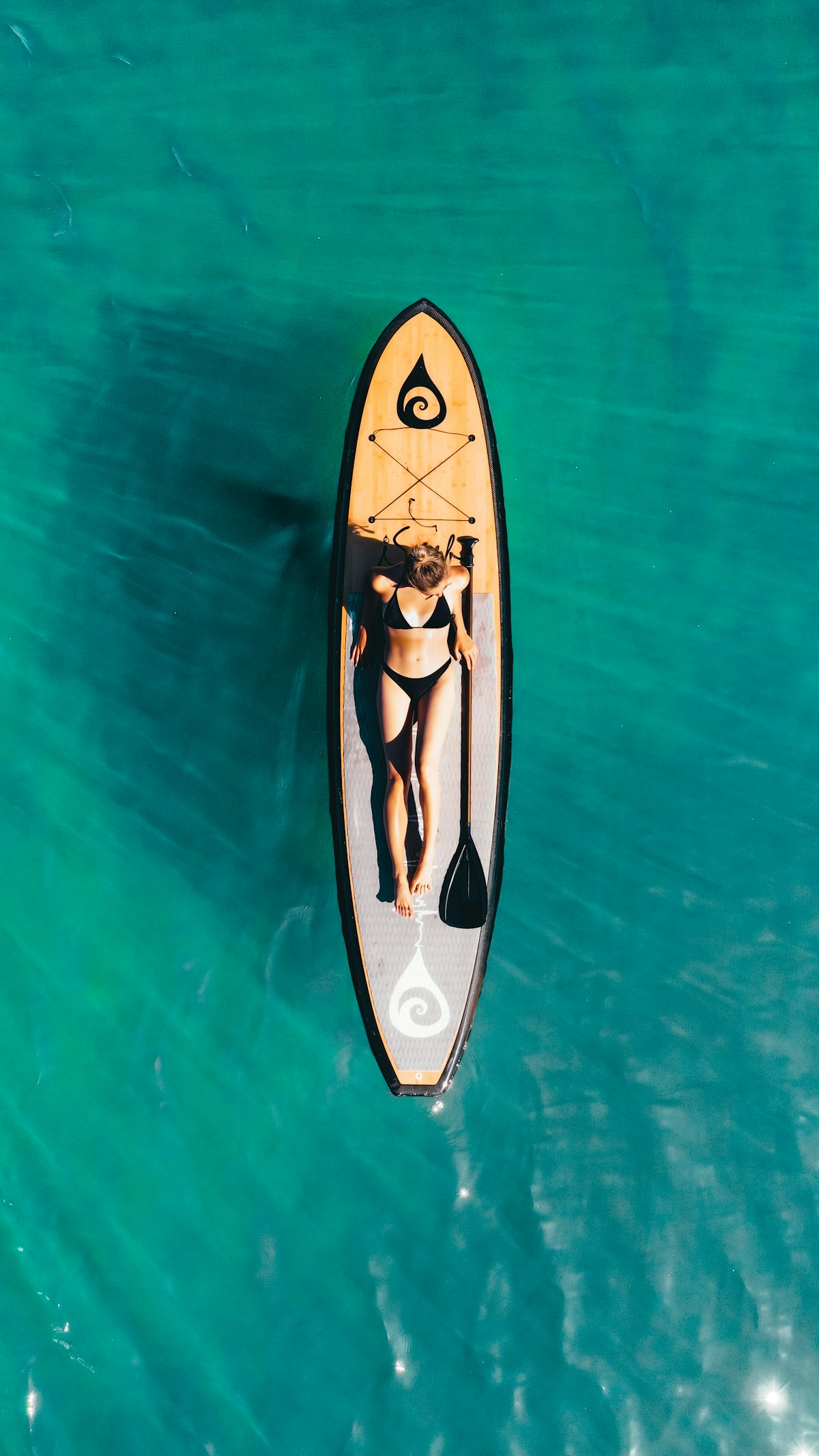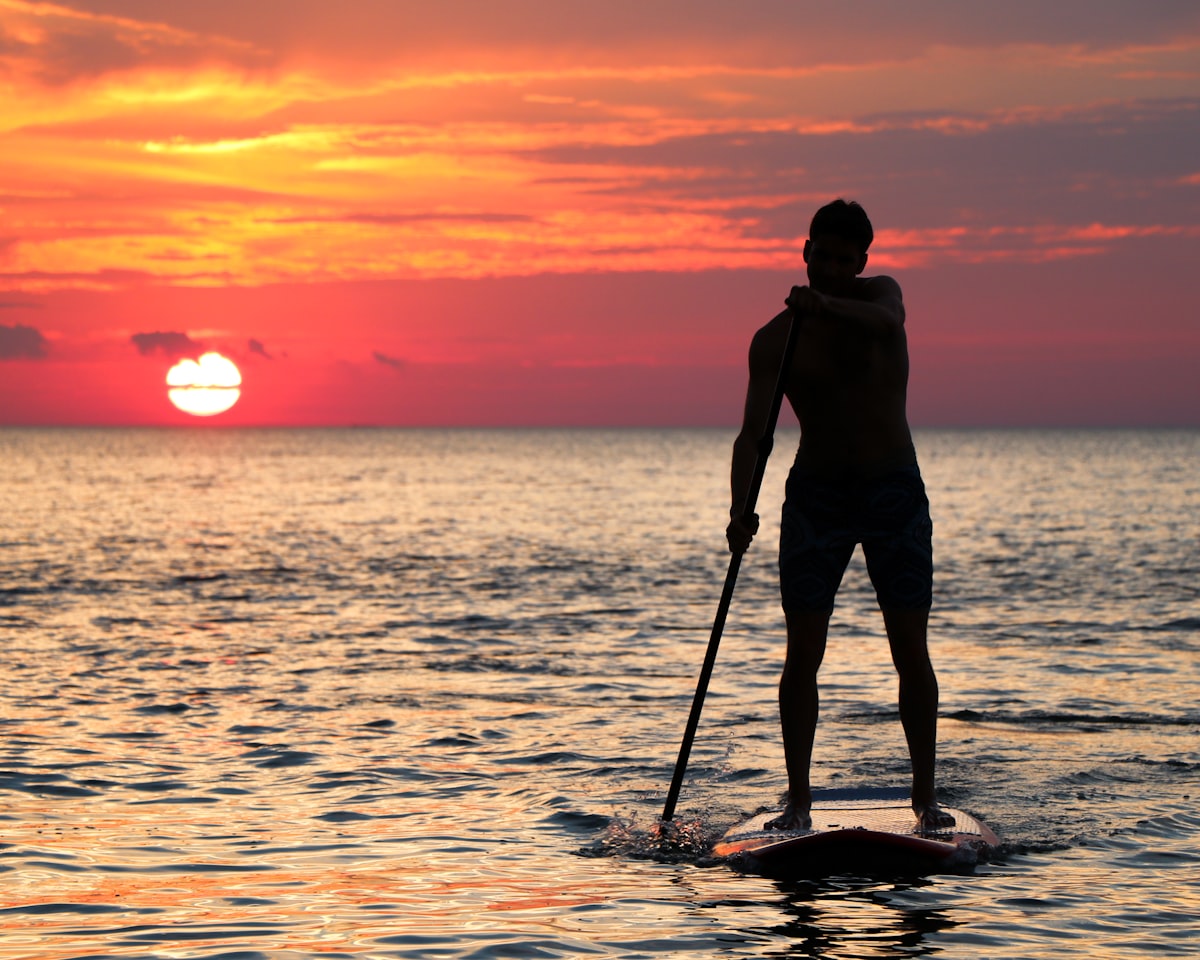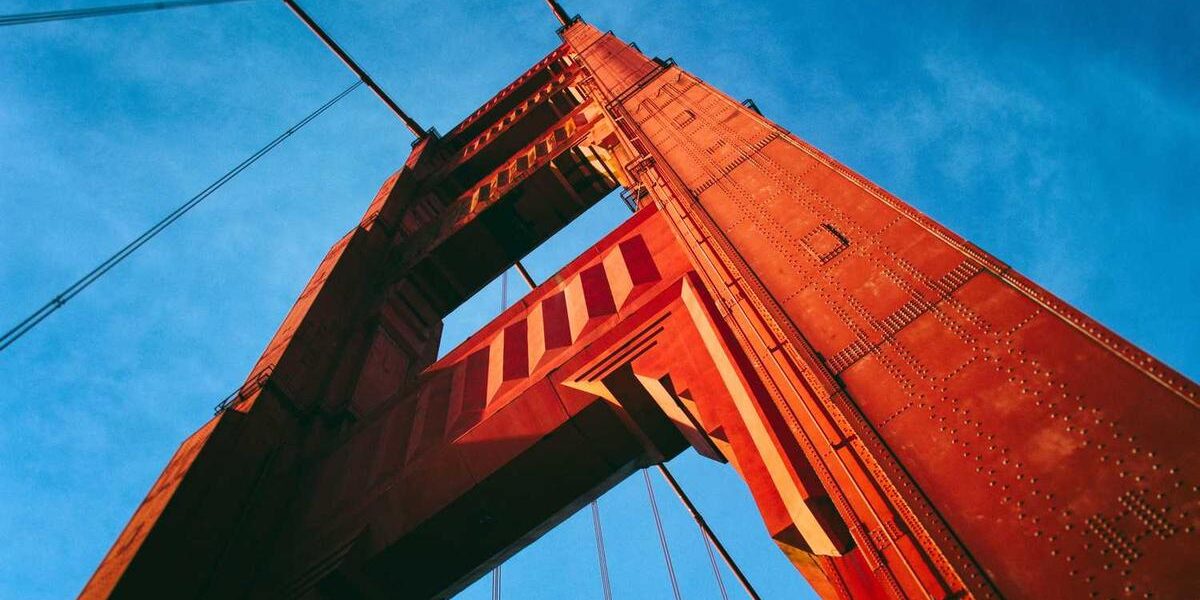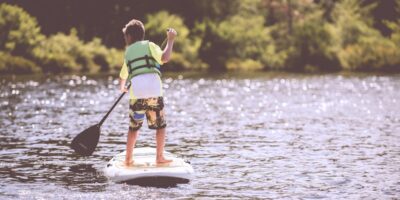
Paddle Boarding with Wildlife Encounters
Paddle boarding offers a unique way to witness wildlife. Standing on a board provides a different perspective compared to traditional watercraft. Plus, the quiet nature of paddle boarding leads to less disruption of natural habitats.
Preparation and Safety
Preparing is crucial. Ensure that you have a life vest, a paddle leashed to your board, and a whistle or another signaling device. Check weather conditions before heading out. The best times to see wildlife are early morning or late evening when animals are most active.
Choosing the Right Location
Different locations offer varied wildlife experiences. Coastal waters, lakes, and rivers all host different animals.
- Coastal Waters: Sea turtles, dolphins, and seabirds.
- Lakes: Beavers, fish, and various bird species.
- Rivers: Otters, waterfowl, and amphibians.
Observing Sea Turtles
Sea turtles are often found in coastal waters. Paddle slowly to avoid scaring them. Loggerhead and green turtles are common species. Observe from a distance so you don’t disturb their natural behavior.
Dolphin Watching
Dolphins are curious animals that might approach your board. Stay calm and stationary to enjoy the encounter. Look for pods swimming together, usually near the surface.
Seabird Spotting
Seabirds can be seen diving for fish or resting on rocks. Cormorants, pelicans, and seagulls are common. Quietly paddling near rocky outcrops enhances your chances of observing these birds.
Beavers and their Dams
In lakes, beavers are fascinating builders. You might spot them near their dams, usually at dusk or dawn. Paddle quietly to avoid startling them. Look for chewed sticks and beaver lodges.
Fish and Birds on Lakes
Lakes are home to various fish species and birds. Bass and trout may swim near your board. Birds like herons and ducks are commonly seen hunting or swimming.
Otters in Rivers
Otters are playful and agile. They are often spotted hunting for fish. Look for them near riverbanks. Keep a safe distance to let them act naturally.
Waterfowl Watching
Rivers attract many waterfowl. Ducks, geese, and swans are common. Paddle quietly to observe them feeding or nesting. Bring binoculars for a closer look without disturbing them.
Encounters with Amphibians
Rivers host various amphibians. Frogs and salamanders are frequently seen. Look near the water’s edge or in shallow areas. They are more active during rainy seasons.
General Tips
- Maintain a respectful distance.
- Use your paddle gently to avoid noise.
- Do not feed wildlife.
- Remain calm and observant.
- Bring a waterproof camera to capture moments.
Final Thoughts
Respect for wildlife and nature ensures a harmonious experience. Paddle boarding offers unparalleled access to observe animals in their natural surroundings. Always follow local guidelines and regulations to protect wildlife and their habitats.
“`
Recommended SUP Gear
GYMMALL Inflatable Paddle Board
Complete SUP package for all skill levels.
FunWater Inflatable SUP
Ultra-light board with all accessories included.
As an Amazon Associate, we earn from qualifying purchases.





Subscribe for Updates
Get the latest articles delivered to your inbox.
We respect your privacy. Unsubscribe anytime.